For years, Ophir Photodiode sensors have been listed at an accuracy of mostly ±3%. But what is the real accuracy?
How to Prove Accuracy
Well, we have the most sophisticated photodiode calibration system available anywhere scanning our photodiode sensors from 190nm to 1800nm. We have several such systems and cross checking between them shows that in many cases, the accuracy is higher than what we put in our spec. How do we prove this?
New Quality Check System
In order to check the calibration by an independent method, we have built an automated system consisting of 8 lasers and light sources with wavelengths from 250nm to 1550nm. The photodiode sensors are exposed to the relevant lasers and the reading is compared to the NIST traceable calibration master. Since this is a completely independent measurement, we can rely that the deviations represent the true accuracy of our measurement.
And here are the results…
We find that the true accuracy of our sensors is often higher than the published specs. The most important finding is that the true accuracy of our PD300-UV sensor in the central spectral range of 420 to 980nm is 2% instead of 3%.
So Where are the New Specs?
After we finish all our statistical analysis of the measurements, we will officially revise our photodiode specifications 🙂
Read more about our Photodiode sensors here
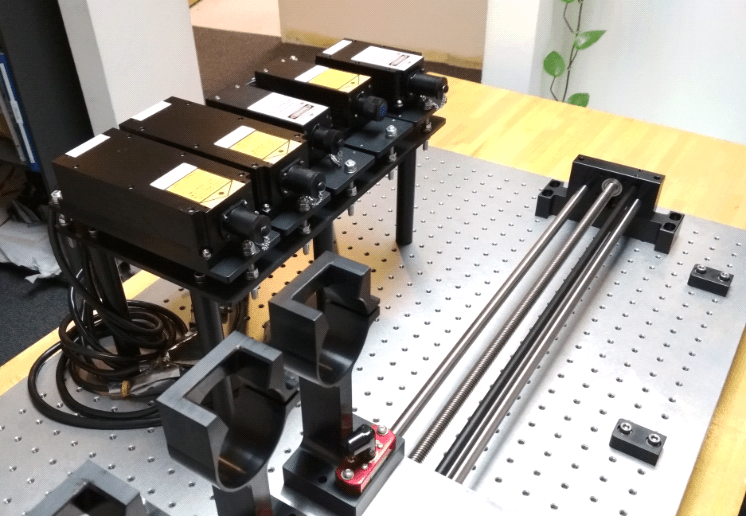
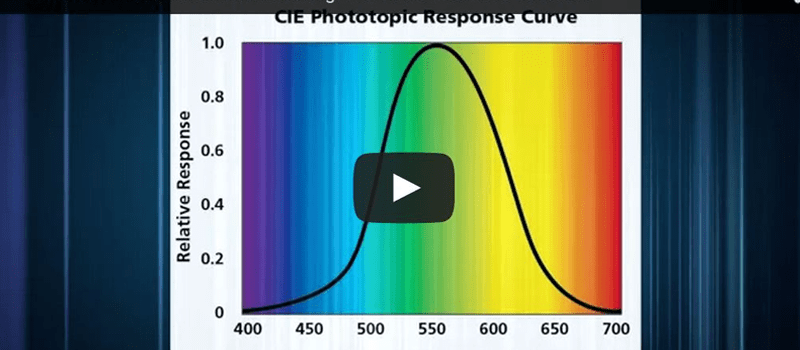
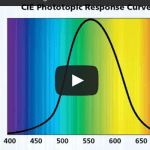
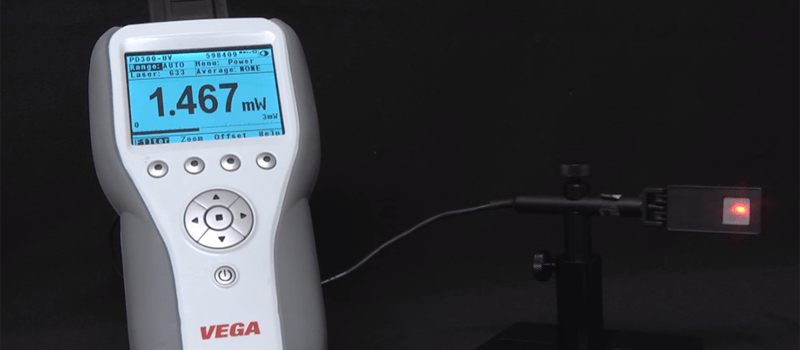
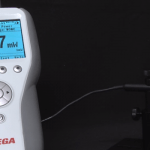
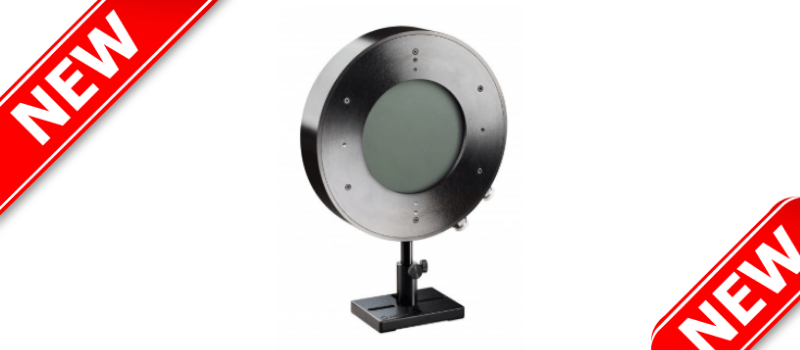
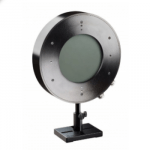
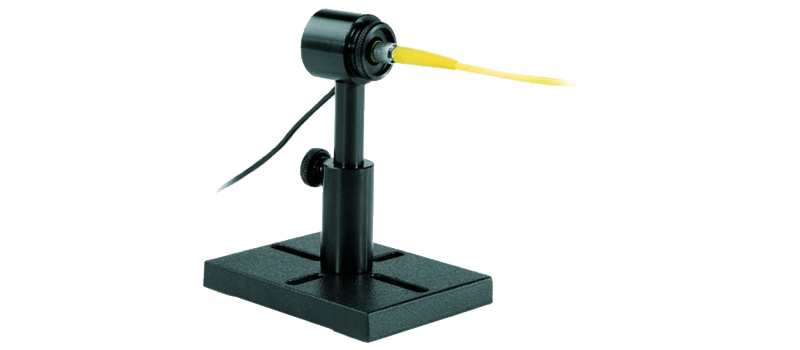
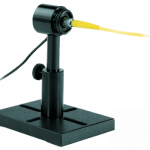
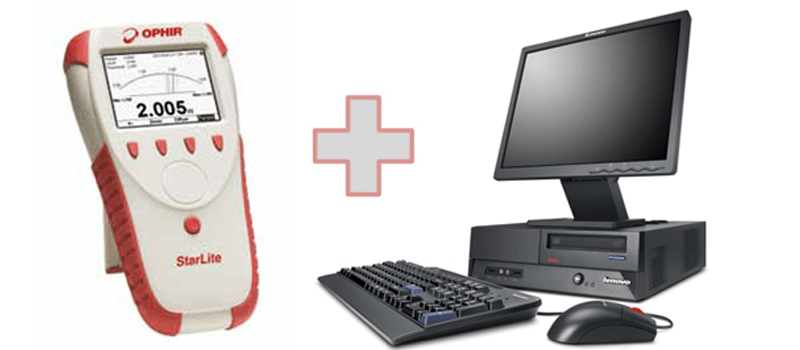
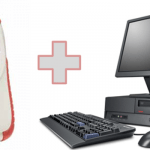
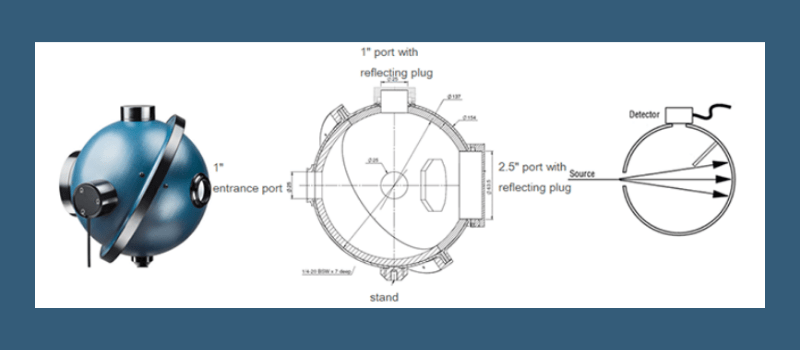
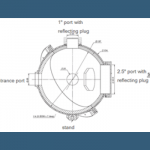
Leave a Reply
Your email address will not be published. Required fields are marked *